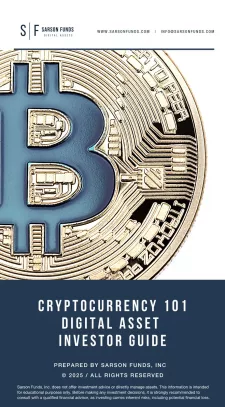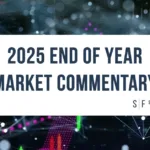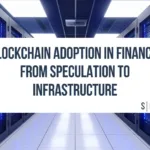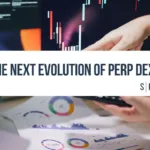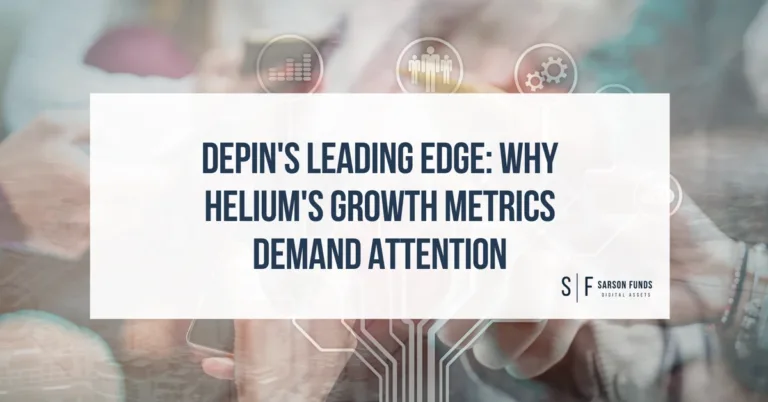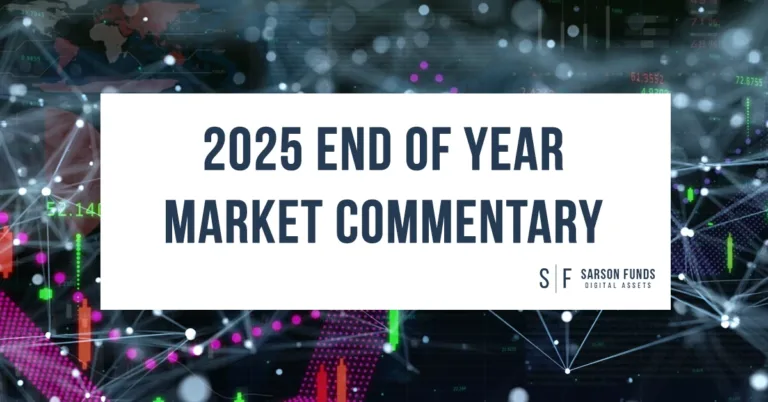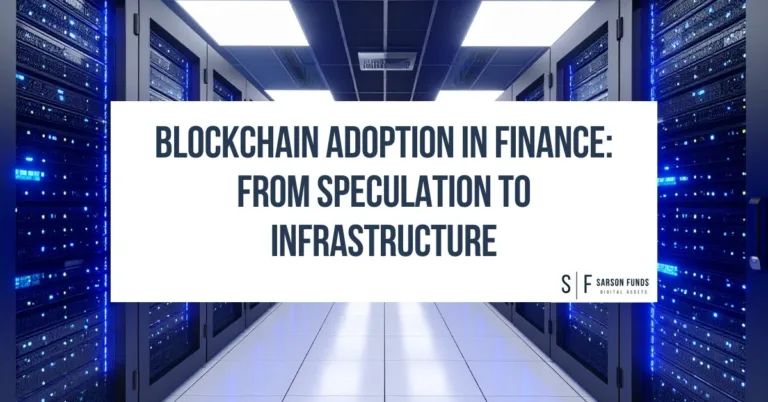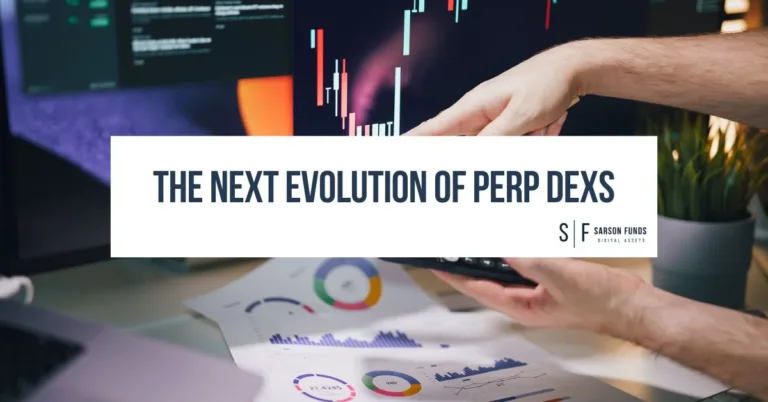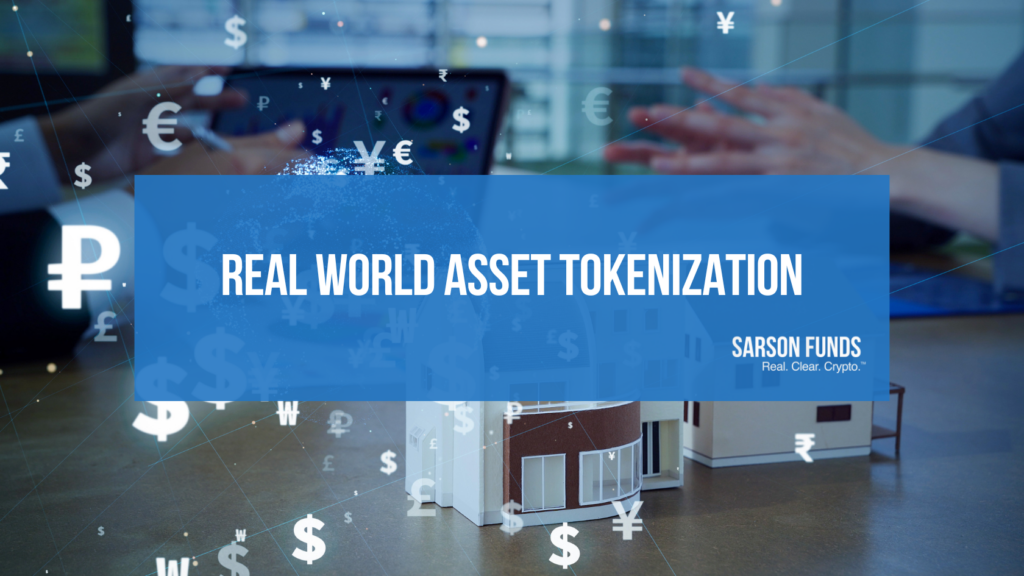
Introduction
Real World Assets (RWAs) encompass a broad spectrum of physical and traditional financial assets, ranging from real estate and commodities to currencies, stocks, bonds, art, music, and beyond. Traditionally, these assets have been confined within traditional financial systems, accessible only to a limited segment of investors. However, with the advent of blockchain technology, these assets can now be tokenized—digitally represented and traded on decentralized platforms.
Real World Asset Tokenization: A Paradigm Shift
Real World Asset tokenization marks a pivotal advancement in the intersection of traditional finance and blockchain innovation. The process involves converting tangible assets into digital tokens, each representing a fraction or whole of the underlying asset. This transformation leverages blockchain’s inherent properties—transparency, security, and efficiency—to create a more accessible and liquid market for previously illiquid assets.
Prominent examples of RWAs include:
- Stablecoins: Stablecoins like USDC and USDT are some of the most common examples, representing real-world currency on the blockchain.
- Treasury Bills and Money Markets: Institutions like JPMorgan have tokenized money market instruments, and platforms like Matrixdock offer tokenized U.S. Treasury Bills, providing a stable yield backed by short-term government securities (BIT Blog) (KuCoin).
- Precious Metals: HSBC has tokenized physical gold held in its vaults, making trading more efficient without the need for physical custody.
- Real Estate: Tokenizing real estate assets allows for fractional ownership and more efficient transactions. An example includes efforts by the Israel Land Authority to develop a digital land registry (Bitstamp).
- Art and Collectibles: Platforms like 10101.art have tokenized valuable artworks, allowing fractional ownership and easier trading. eBay is also developing a platform for tokenizing collectibles.
Why it Matters
Real world asset tokenization represents a transformative shift in investment accessibility and opportunity. By digitizing tangible assets such as real estate or art, this innovation makes investment opportunities globally accessible, significantly lowering the traditional barriers to entry. Previously restricted to wealthy individuals or institutional investors, asset tokenization democratizes investing, empowering a broader range of people to participate in markets previously out of reach. This democratization not only enhances financial inclusivity but also fosters a more diverse and dynamic investment landscape, promising substantial benefits for both investors and the global economy.
In today’s rapidly evolving financial landscape, understanding the implications and mechanisms of asset tokenization is crucial. It is important for people to know that while asset tokenization offers enhanced liquidity and accessibility, it also introduces new considerations and risks. Issues such as regulatory compliance, custody solutions, and the interoperability of different blockchain protocols must be carefully navigated. Moreover, the valuation and verification of underlying assets remain critical factors in ensuring the integrity and trustworthiness of tokenized assets.
The Expanding DeFi Ecosystem
As the decentralized finance (DeFi) ecosystem continues to expand, real world asset tokenization holds the potential to reshape industries and investment practices. By enabling fractional ownership and facilitating seamless transactions across borders, this technology not only democratizes access to investments but also stimulates innovation in financial markets worldwide. Embracing the transformative power of asset tokenization requires a balanced approach—one that harnesses the benefits while addressing the complexities and challenges inherent in this burgeoning field.
In conclusion, real world asset tokenization represents a significant leap towards a more inclusive and efficient global financial system. Educating oneself about its opportunities and nuances is essential for navigating the evolving landscape of digital finance responsibly and profitably.
Disclosures: Not investment advice. The Author, Sarson Funds, Inc. and its affiliated managers may hold positions in the projects mentioned. Talk with your financial advisor before making any investment decisions or have them contact Sarson Funds directly at [email protected].

